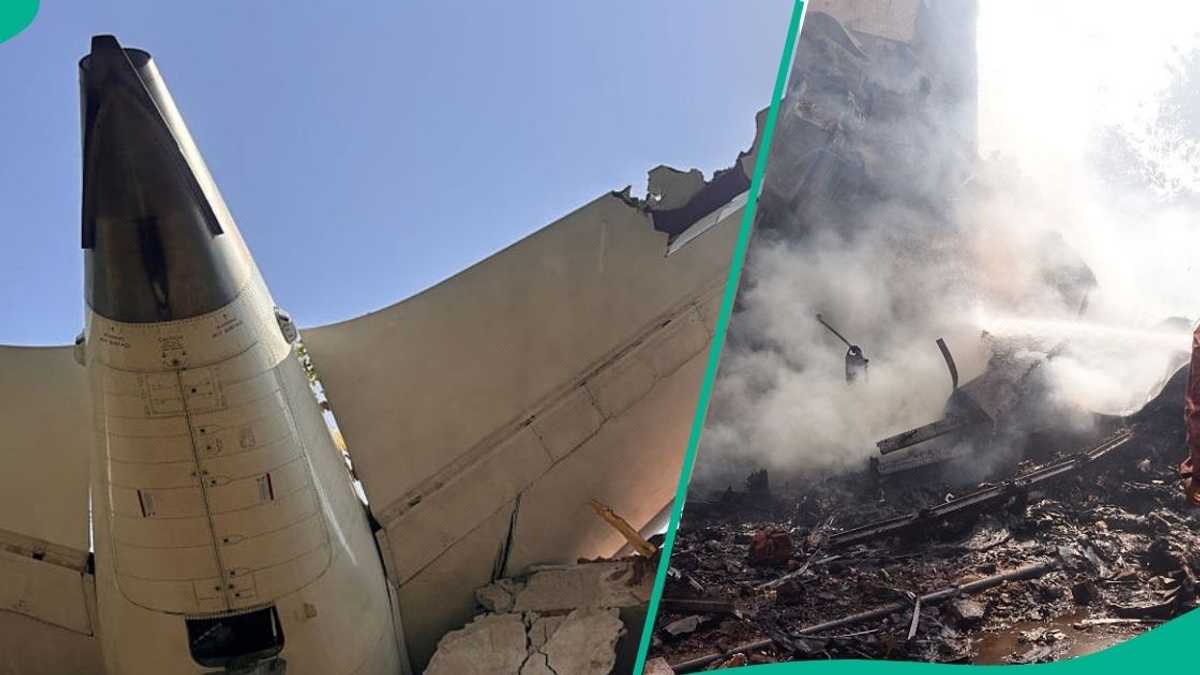Two easyJet Flights Forced into Emergency Diversions Over Passenger Incidents, New Update You Need To Know - Travel And Tour World
Tuesday, July 1, 2025

Two easyJet flights have been forced into emergency diversions over sudden and alarming passenger incidents, sparking a new update you need to know. Meanwhile, skies that promised smooth journeys turned into corridors of chaos. Passengers sat strapped in, unaware that ordinary trips were about to become extraordinary news. Engines hummed, seatbelts clicked, but hidden tension crackled in the cabin air.
Suddenly, safety protocols snapped into action. Crew members rushed, pilots recalculated, and flight paths twisted across the radar. The phrase “emergency diversions” now carried real weight. These were not routine delays. These were two separate dramas unfolding high above the clouds, leaving passengers rattled and schedules in shambles. Moreover, what really happened during these passenger incidents? Why were easyJet flights forced to divert midair? And what critical updates should every traveler know now?
Hold tight—the new update you need to know reveals the true turbulence behind the headlines.
Air travel is never routine when life’s uncertainties strike at 35,000 feet. This week, two separate easyJet flights were thrown into emergency diversions, leaving passengers stunned and UK airports grappling with unexpected chaos. The incidents underscore how swiftly routine journeys can shift into logistical puzzles and emotional ordeals, echoing through the entire travel ecosystem.
Meanwhile, the disruptions serve as a stark reminder that the skies, while engineered for safety, remain vulnerable to the unpredictability of human health and behavior. Airlines, airports, and travelers all felt the tremors.
On June 29, an easyJet flight traveling from Enfidha-Hammamet International Airport in Tunisia to Glasgow found itself diverted unexpectedly. The Airbus A319 took off at 8:25 PM, bound for Scotland’s bustling travel hub.
However, mid-journey, a medical emergency unfolded onboard, propelling the crew into swift action. Protocol dictated an immediate diversion, and the aircraft veered toward Birmingham Airport.
At Birmingham, emergency medical teams were waiting on the tarmac. They rushed aboard to assist the stricken passenger as soon as the aircraft touched down.
While the incident delayed the schedule, safety overtook timetables. Once stabilized, the aircraft resumed its northbound journey, landing in Glasgow at 3:06 AM, hours later than planned.
Passengers onboard faced not only logistical headaches but emotional stress. Flights are often an escape, a gateway to reunions, holidays, and business milestones. Yet when a fellow traveler’s health becomes fragile mid-air, it serves as a sobering reality check.
Moreover, such situations create anxiety for crew and passengers alike. The hush that falls over a cabin during a medical emergency can be chilling. Uncertainty fills the air. Each minute feels like an hour.
Travelers arriving in Glasgow in the dead of night were met with the double burden of disrupted plans and deep empathy for the passenger in distress. Sleep-deprived yet grateful for safety, they stepped into a city awakening to a new day.
Barely a day later, another incident rocked easyJet operations. On June 30, flight EZY2159 left Manchester Airport just before 5:00 PM, charting a course for Izmir, Turkey.
However, as the plane sailed over Sheffield and then Norfolk, trouble surfaced in the cabin. A passenger welfare issue demanded urgent intervention. The aircraft executed a dramatic U-turn while cruising above the North Sea, retracing its path back to Manchester.
Landing safely around 5:50 PM, the aircraft returned to its starting point less than an hour after departure.
This second disruption carried significant operational implications. The flight remained grounded overnight, unable to proceed to Turkey as planned.
Passengers who had dreamed of beaches and summer skies instead found themselves scrambling for hotel rooms and rebooking options. EasyJet worked to arrange a replacement flight the following morning.
Behind the scenes, the airline’s operations teams faced an intricate puzzle. Aircraft rotation schedules, crew duty limits, airport slot allocations, and cascading passenger rebooking demands collided in a high-stakes logistical storm.
Airlines walk a delicate tightrope when passenger emergencies arise. Safety and welfare reign supreme. Yet such episodes trigger profound ripple effects, from financial losses to reputational strains.
Under EU261 rules, airlines often avoid compensation liabilities when incidents fall under “extraordinary circumstances.” Health crises and medical emergencies typically qualify, meaning passengers may not receive payouts for delays. However, airlines remain responsible for care, assistance, and onward travel.
These twin diversions exemplify how the aviation sector must pivot rapidly under pressure, balancing duty of care with operational resilience.
Meanwhile, passenger sentiment teeters between sympathy and frustration. Travelers understand the human stakes. But exhaustion and disrupted plans sting, particularly in peak summer travel season.
The easyJet incidents remind the industry that human health is the ultimate wild card. As aircraft become airborne communities for hours at a stretch, a single emergency can transform not just a flight but an entire day’s schedule across multiple airports.
Moreover, in a competitive travel landscape, airlines know that how they handle such crises shapes brand loyalty and future bookings.
These diversions echo far beyond easyJet’s immediate network. Aviation analysts note that medical diversions cost airlines substantial sums. Landing fees, fuel dumps, crew rescheduling, and ground handling charges add up quickly. Some estimates peg each diversion at tens of thousands of pounds.
Moreover, airports like Birmingham and Manchester must mobilize medical teams, coordinate gates, and handle sudden influxes of distressed travelers. Hotel partners, ground transport services, and even neighboring airlines feel the tremors of unscheduled arrivals and departures.
For travel insurers, such events spotlight the value of medical coverage and trip interruption protection. Consumers increasingly seek reassurance that unexpected diversions won’t empty their pockets.
Above all, these incidents highlight the profound human dimension of air travel. Passengers become family for a few hours, bound together by shared vulnerability and hope. When emergencies strike, strangers look out for one another. Cabin crews morph into medical first responders, crisis managers, and emotional anchors.
Yet for the travel industry, such emergencies serve as reminders of the need for preparedness, compassion, and unwavering adaptability.
As summer peaks across Europe and millions take to the skies, airlines brace for more unforeseen challenges. The global aviation industry is roaring back after pandemic lows, but it faces a complex landscape shaped by health, geopolitics, and operational fragility.
Two easyJet flights diverting in quick succession is more than coincidence—it’s a call for continued vigilance and investment in resilience.
For travelers, these stories offer a sobering but essential truth. The skies are open and welcoming, but they remain, inescapably, human. And sometimes, humanity needs an emergency landing.
«Enjoyed this post? Never miss out on future posts by following us»








